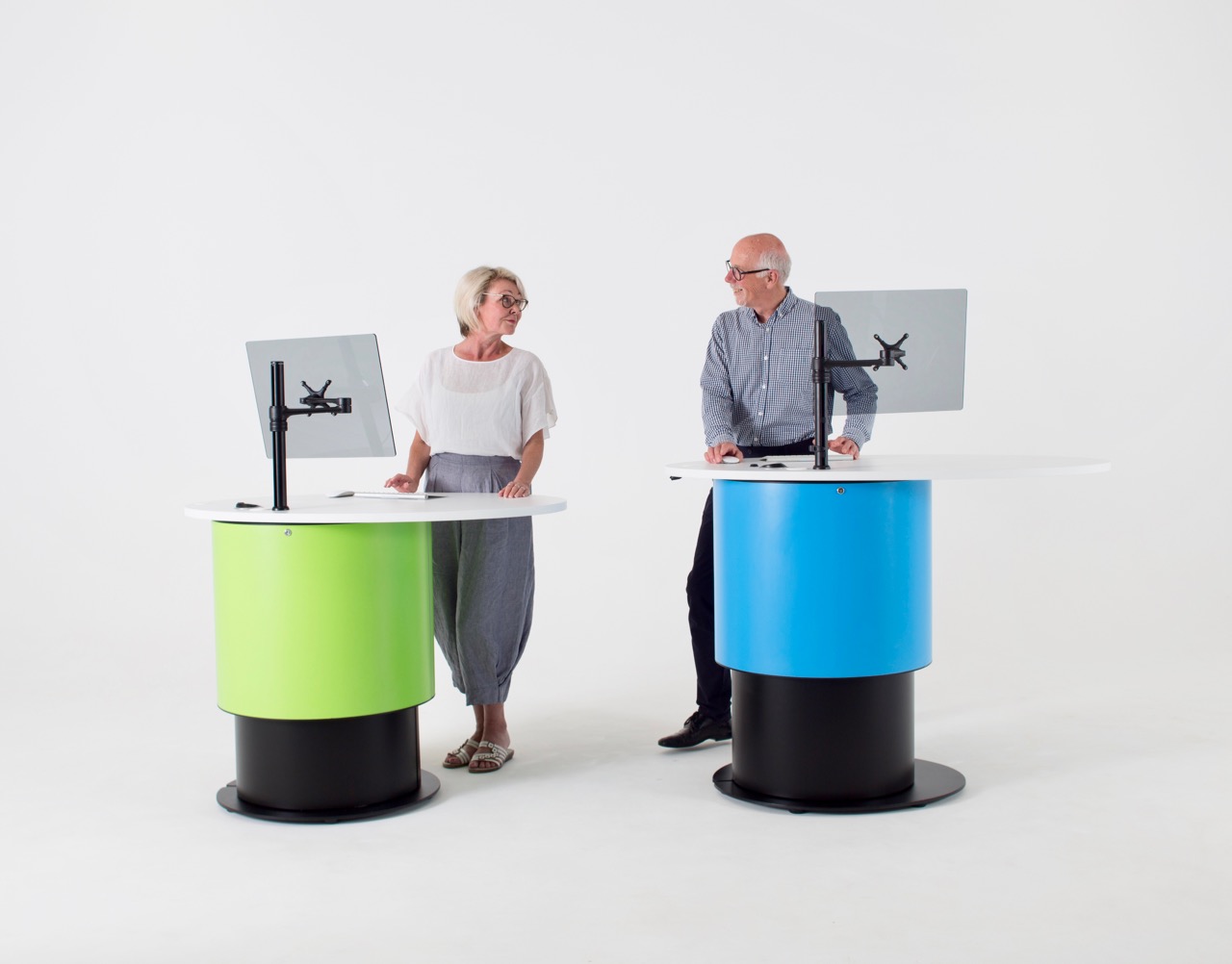The right work setup is essential for creating healthy workspaces that support wellbeing. The wrong setup contributes to issues related to repetitive strain, and it is important to create workspaces that are ergonomic and support healthy work practices. A good workspace should support a natural posture, and provide you with the freedom to adopt different positions throughout your workday, to minimize repetitive movement and strain on the musculoskeletal system. A great way to achieve this is with height-adjustable desks that allow staff to work seated or standing. This becomes more important with service desks in libraries where more than one staff member is likely to use the desk, so providing furniture and equipment that is easy to adjust is essential. Below is our guide to working safely, seated, standing, and in shared workspaces.
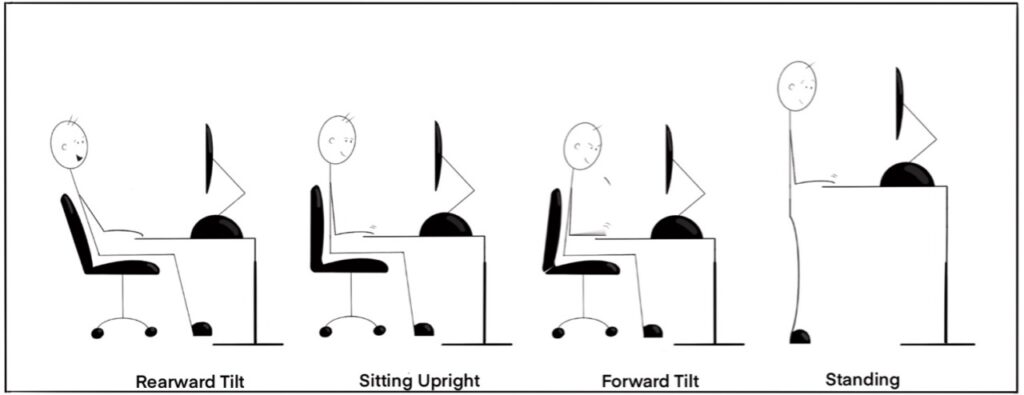
Figure 1: Recommended sitting and standing postures
Working at a desk (see Figure 1 above)
- Relax your shoulders and keep your back straight while maintaining the natural curve of the spine.
- Adjust your desk to a height that allows the arms to form relaxed right angles while typing. Allow the elbows to hang comfortably by your sides, preferably close to the body.
- Keep hands in line with your forearms to avoid twisting.
- Position the computer screen, so your head is level or bent slightly forward and in line with your torso. If necessary, use a monitor mount to achieve this.
- Arrange objects on the desk by how often they are used, to avoid overreaching (see Figure 2 below).
- If your job involves working with other people, choose a desk with a size and shape that supports ease of interaction.
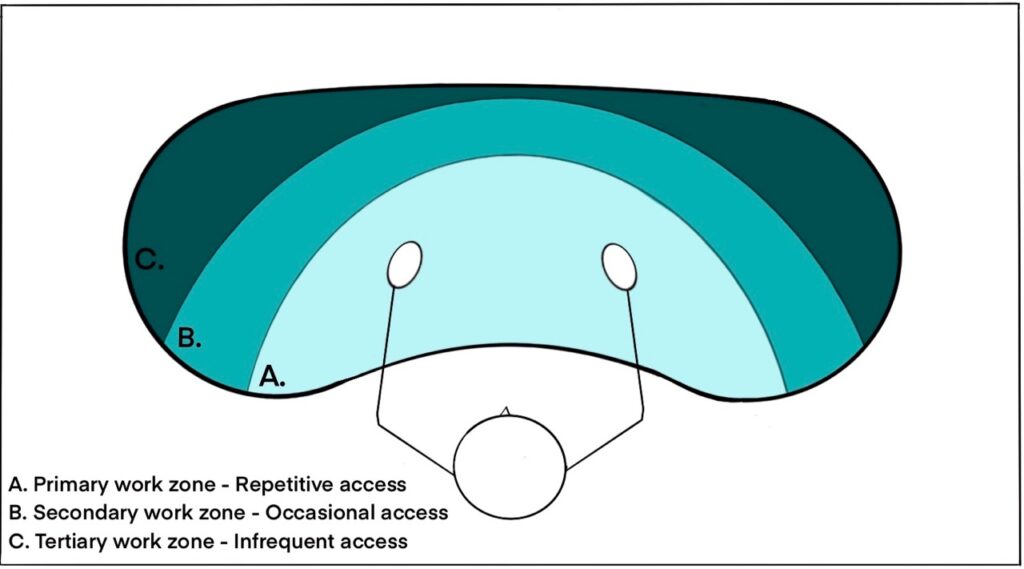
Figure 2: Work zones for arranging most to least used objects
Working seated or standing
Adopting different positions throughout the day is essential to creating an ergonomic work practice, and switching between seated and standing positions is an excellent way to achieve this. Things to consider when working seated:
- Choose a firm chair that provides support to both the upper and lower back, to maintain the curves of the spine.
- Adjust your chair so that the knees are sitting at the same height as, or just below, the hips with your feet resting slightly forward of the knees.
- Your feet should be fully supported by the floor — if necessary use a footrest.
Things to consider when working standing:
- Make sure you have enough floor space to move your legs freely.
- Adjust your desk to a height that allows the arms to form relaxed right angles while typing. Allow the elbows to hang comfortably by your sides, preferably close to the body.
- Check that your computer screen is correctly aligned with your vision with your head level or bent slightly forward.
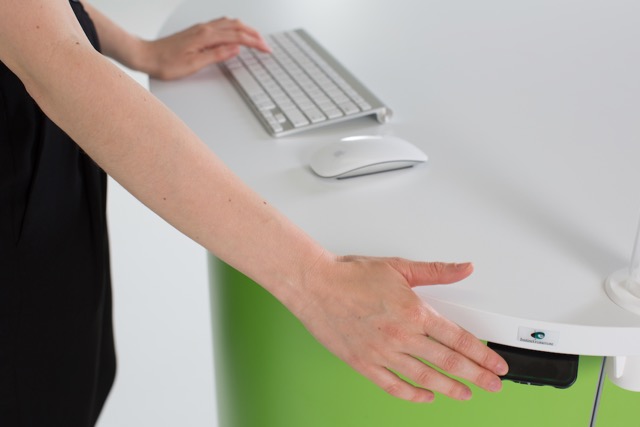
Shared workspaces and front of house
Workspaces used by several people throughout the day require furniture and equipment that can be adjusted quickly and easily. If adjustment is difficult, users are unlikely to make changes, which may lead to poor working practices and postures. In particular:
- The height of the desk should be easy to adjust — desks with electrical height adjustment are a great option.
- The chair should have a suitable range of adjustment, for the comfort of all the people who use it — whatever the desk height.
- The computer screen height, tilt, and eye-to-screen distance should be easy to adjust.
- There should be sufficient space on the desktop for the mouse to sit on either the left or right-hand side of the keyboard.
- If each person requires different equipment, use mobile storage caddies. These can be stored nearby and, when needed, should be positioned close to the desk.
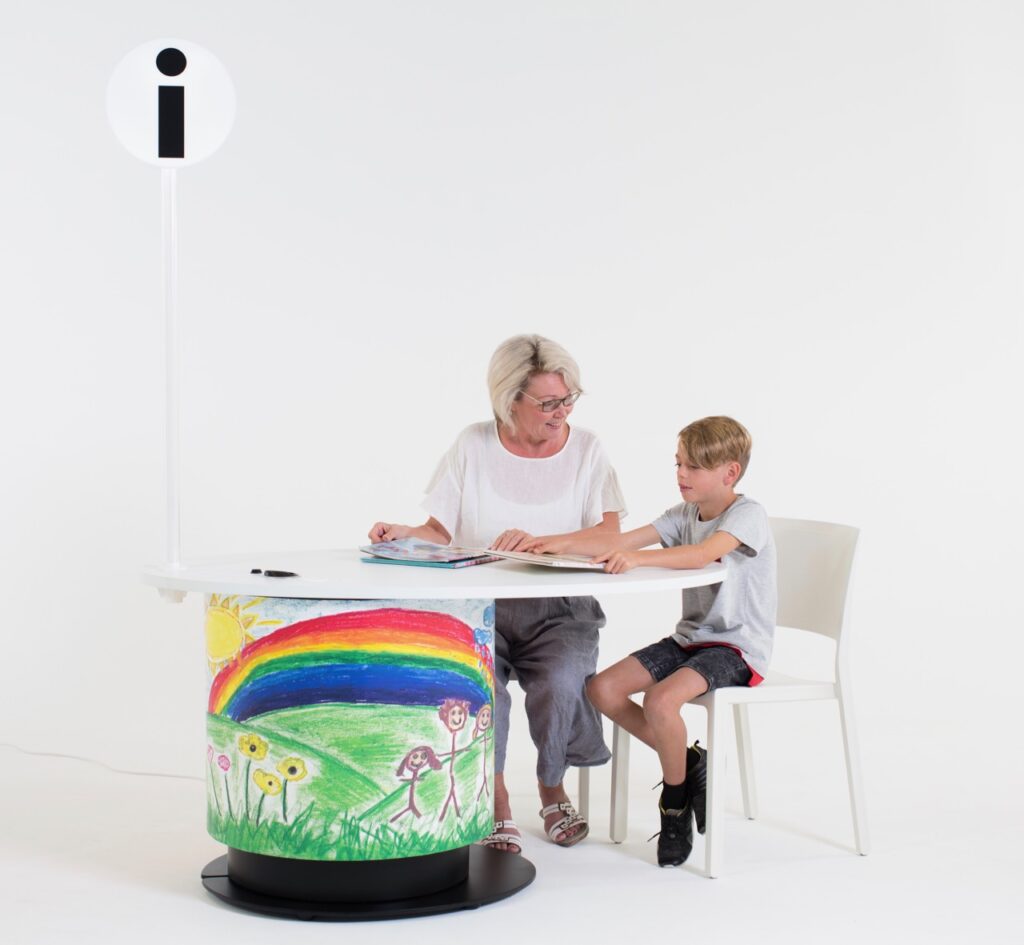
This is the first in our series on creating ergonomic workspaces, so if you found this helpful be sure to follow us on Instagram and Pinterest to stay up to date and to discover more tips and inspiration.
Explore our height adjustable Pods, Desks and Counters…
Written by Paul White, Director of Design
References:
Worksafe NZ (2010). Guidelines for using computers. https://www.worksafe.govt.nz/topic-and-industry/work-related-health/ergonomics/safely-using-computers-at-work/

